Scientific Leadership
The Network Coordinator and the three Theme Supervisors work closely together and make up WildDrone’s scientific leadership.
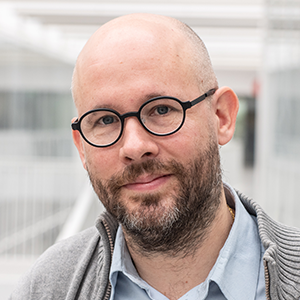
Ulrik Pagh Schultz Lundquist is Full Professor and Head of the Drone Center (SDU UAS) at the University of Southern Denmark. He primarily conducts research on high-level software abstractions for aerial, mobile, and self-organizing robots, with a focus on safety, reliability and robustness. The aim of his work is to develop drone technology for a flourishing global society, in support of the on-going green transition. In addition to coordinating the WildDrone network, he also coordinates the IFD GENIUS project. Previously he participated in the IFD HealthDrone and H2020 TeamPlay projects, and led the COST IC-1405 Work Package on Applications of Reversible Computing.
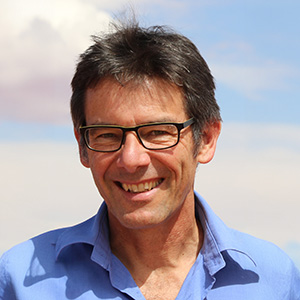
Martin Wikelski is the founding Director of the Max Planck Institute of Animal Behavior (MPI-AB) and Professor in Biology at the University of Konstanz. He previously worked at: University of Washington, Seattle, WA; Smithsonian Tropical Research Institute, Panama; University of Illinois Urbana-Champaign; Princeton University. His specialization is the study of global animal movement. The MPI-AB is using thermal drones to work with nocturnal mammals in Africa.
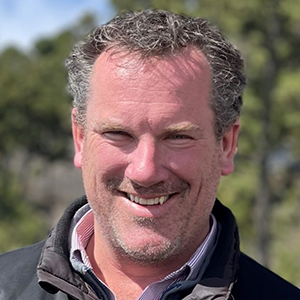
Tom Richardson is Professor of Aerial Robotics at the University of Bristol in the UK. Passionate about aerospace engineering, he specializes in the application of modern control theory and novel sensors to UAS/Drones. He has been granted permission for BVLOS (Beyond Visual Line of Sight) operations in multiple countries and was the International Drone Safety Lead for the Multinational Deep Carbon Observatory (DCO) funded ABOVE field campaign to Papua New Guinea in 2019. Tom is a founding partner of Perceptual Robotics, has held an national private pilot license for over 15 years, and has worked with a range of industrial partners including DSTL, BAE Systems and Thales.
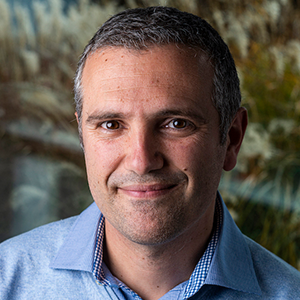
Devis Tuia is Associate Professor and leads the ECEO laboratory. His research is at the interface of computer vision, remote sensing and environmental sciences. His main interests are in designing vision systems that you can understand and interact with, so that they can be used to make a difference against losses of biodiversity, forests, corals and of the services they provide.
Get in touch
Contact us on WildDrone@sdu.dk

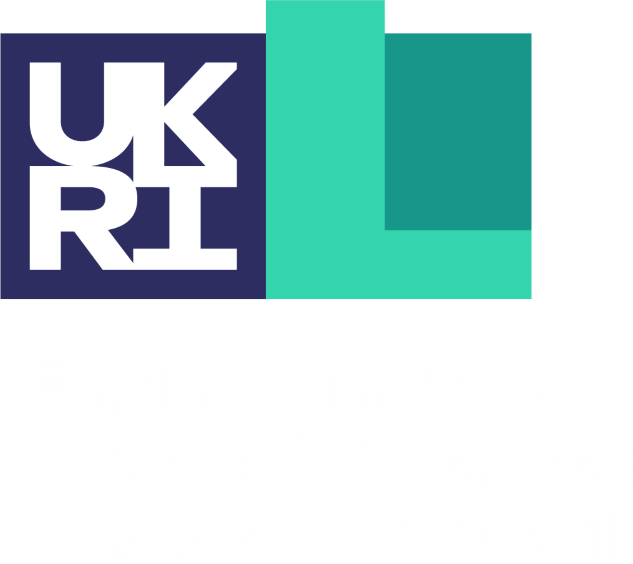
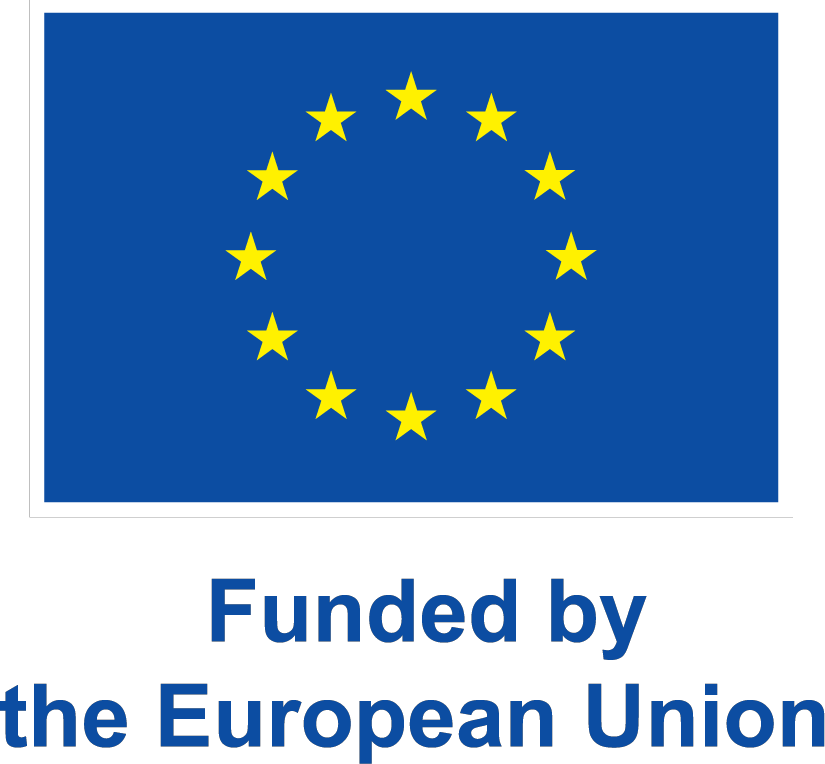
WildDrone is an MSCA Doctoral Network funded by the European Union’s Horizon Europe research and innovation funding programme under the Marie Skłodowska-Curie grant agreement no. 101071224. Views and opinions expressed are those of the author(s) only and do not necessarily reflect those of the European Union or the European Commission. Neither the EU nor the EC can be held responsible for them.
